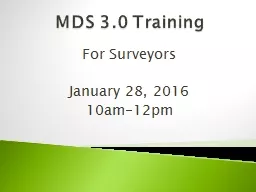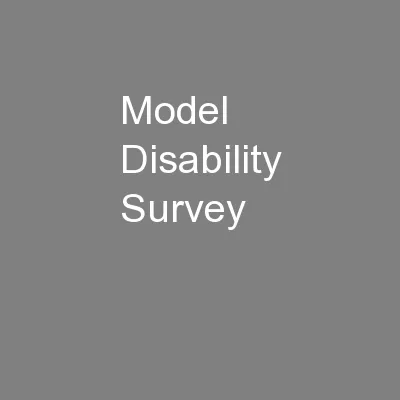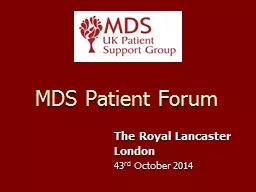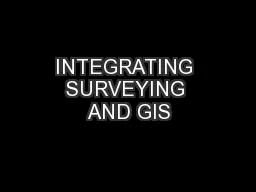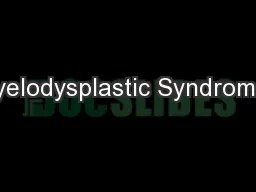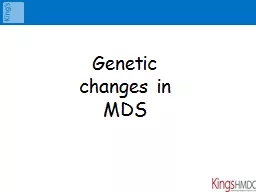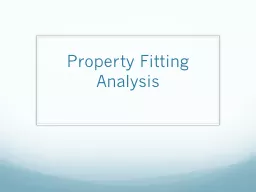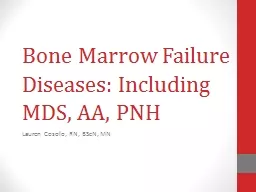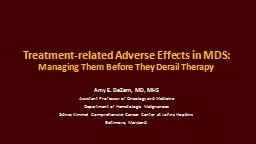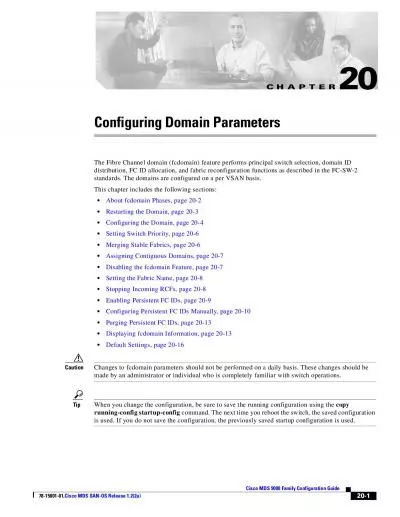PPT-MDS 3.0 Training For Surveyors
Author : yoshiko-marsland | Published Date : 2019-12-19
MDS 30 Training For Surveyors January 28 2016 10am12pm A obtains key information to uniquely identify each resident the home where they reside and the reasons for
Presentation Embed Code
Download Presentation
Download Presentation The PPT/PDF document "MDS 3.0 Training For Surveyors" is the property of its rightful owner. Permission is granted to download and print the materials on this website for personal, non-commercial use only, and to display it on your personal computer provided you do not modify the materials and that you retain all copyright notices contained in the materials. By downloading content from our website, you accept the terms of this agreement.
MDS 3.0 Training For Surveyors: Transcript
Download Rules Of Document
"MDS 3.0 Training For Surveyors"The content belongs to its owner. You may download and print it for personal use, without modification, and keep all copyright notices. By downloading, you agree to these terms.
Related Documents

